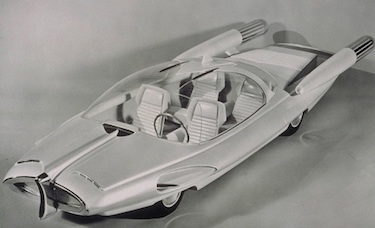 ***Updated: November 15, 2018***
***Updated: November 15, 2018***
At first glance, people probably assume that a new century wasn’t required to spawn a fresh 21 variation. However, it does make sense considering 21st Century Blackjack started in California and was created in order to get around existing state gambling laws. Although, it certainly does seem a little “out there” at first glance, once learning the nuts and bolts, it’s not as crazy as it first appears.
Card rooms were popular in California even before the world arrived to chase gold in 1849 and at the California Gold Rush’s height, plots in San Francisco were selling for upwards of $40,000 yet only had enough space for a canvas tent and table underneath. Dealer-run diversions were all the rage, with Faro and Three-card Monte most popular.
When gold fever died down, so did appetites for risking scarce financial resources, leading to laws passed in 1860 ending the expensive pastime. Therefore, aforementioned attractions were outlawed, including beloved blackjack, which had won over the hearts of many residents.
At the conclusion of the 1900s, California card rooms began to feel the effects of full-blown Golden State
Native American operations, considering the activity had been illegal for 140 years, yet demand was still strong. This is when an idea struck Casino Gaming Concepts in Irvine and a solution to circumvent laws was hatched. Develop a product similar enough to Twenty-One
to be recognizable, but different enough that it would be legal. After furious brainstorming and testing, 21st Century Blackjack was born.
Rules
The Deck. An immediately noticeable distinction is 21st Century uses entire decks, including Jokers, acting as wild cards and immediately making hands worth 21 whenever received. Nevertheless, it’s merely the total and isn’t considered a “true blackjack” paying out at commensurate odds.
Another obvious deviation from the original version is Two Jokers or a Joker and Ace form a Natural 22, the strongest hand possible, even beating dealer 21s.
The Table. Allowing up to ten participants, croupiers distribute cards and act on hands, but handle no chips since 21st Century is a rotating banker game amongst those seated. When dealer buttons (commonly labelled BANK
) reach someone, they have the option of serving as a non-partaking banker for one or two rounds.
Croupiers act on bankers’ hands as they don’t receive cards, everyone battling against them as per normal, with all money won turned over to “banker-players”. However, all dealer losses incurred must be paid from their own chip stacks, making it a bitter-sweet position.
Winning hands are reconciled from left to right and if banker-players cannot cover each ante, some seated may not receive payouts, even if technically unvanquished. This is an absolutely astonishing rule, almost impossible to believe. At some places, the House makes up differences between wins and losses, split accordingly with banker-players.
This is not a benevolent endeavour for the House as profits are generated by charging commission on rounds, identical to when facilitating poker. Usually, operator juice is around 1% of table limits, but amounts vary depending on location.
No Busting. Another surprising rule is busted hands aren’t necessarily losers because rather than mucked, cards wait in hopeful anticipation of dealer results. If they bust with a higher total, it’s graded a push
and original antes are recouped, busting with totals equal or lower ultimately victorious.
Optimal Strategy
Participants receive two cards to start, but since up to ten are involved, 21st Century Blackjack is dealt from at least two decks. Doubling and splitting options are identical to Standard 21, although competitors are obligated to hit on totals less than 11 and dealers must hit everything up to Soft 17
. Of course, naturals still pay out, but only at 6:5 odds.
Backline Betting refers to multiple observers being able to stake a single hand at already full tables, largest investors controlling action. An interesting twist is backline bettors don’t have to agree with individuals staked. For example, if a double-down is ill-advised, a backer can choose to risk half initial chip amount, or if a split looks foolish, they may opt to let original antes ride, with the first of the two split hands determining outcome.
When all edges are considered, players actually hold an advantage over the House, especially if a table is found with people not using basic blackjack strategy, or constantly shying away from banker responsibilities. Naturally, that’s before commissions are extracted because rake size often determines overall profitability, so always confirm percentages prior to sitting down.
